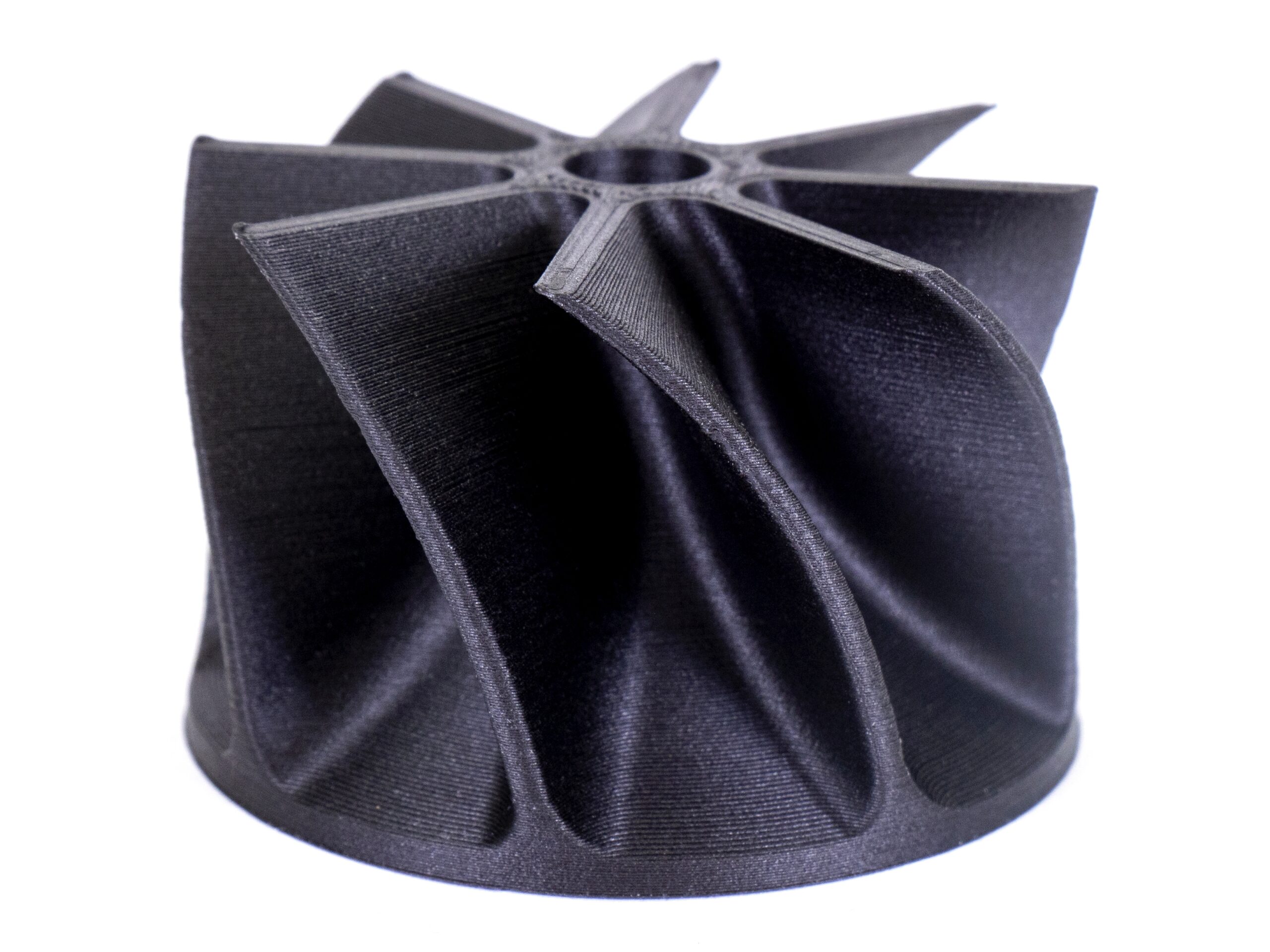Posted by Chris Guiver on 4th Jul 2023
Which 3D Printing Material best suits your needs?
We at 3D Minis aren't about all that fancy carbon fibre and metal 3D printing.....yet. We just focus on the simpler more affordable stuff. This isn't to say that we compromise on quality or that your products are inferior, infact, considering the prices of some of the high end printing companies we give you considerable bang for your buck.
Considering having something printed but don't know the best material to make it out of?
Heres a handy guide on the materials that we offer for our plastic prints and the properties of each of them respectivly.
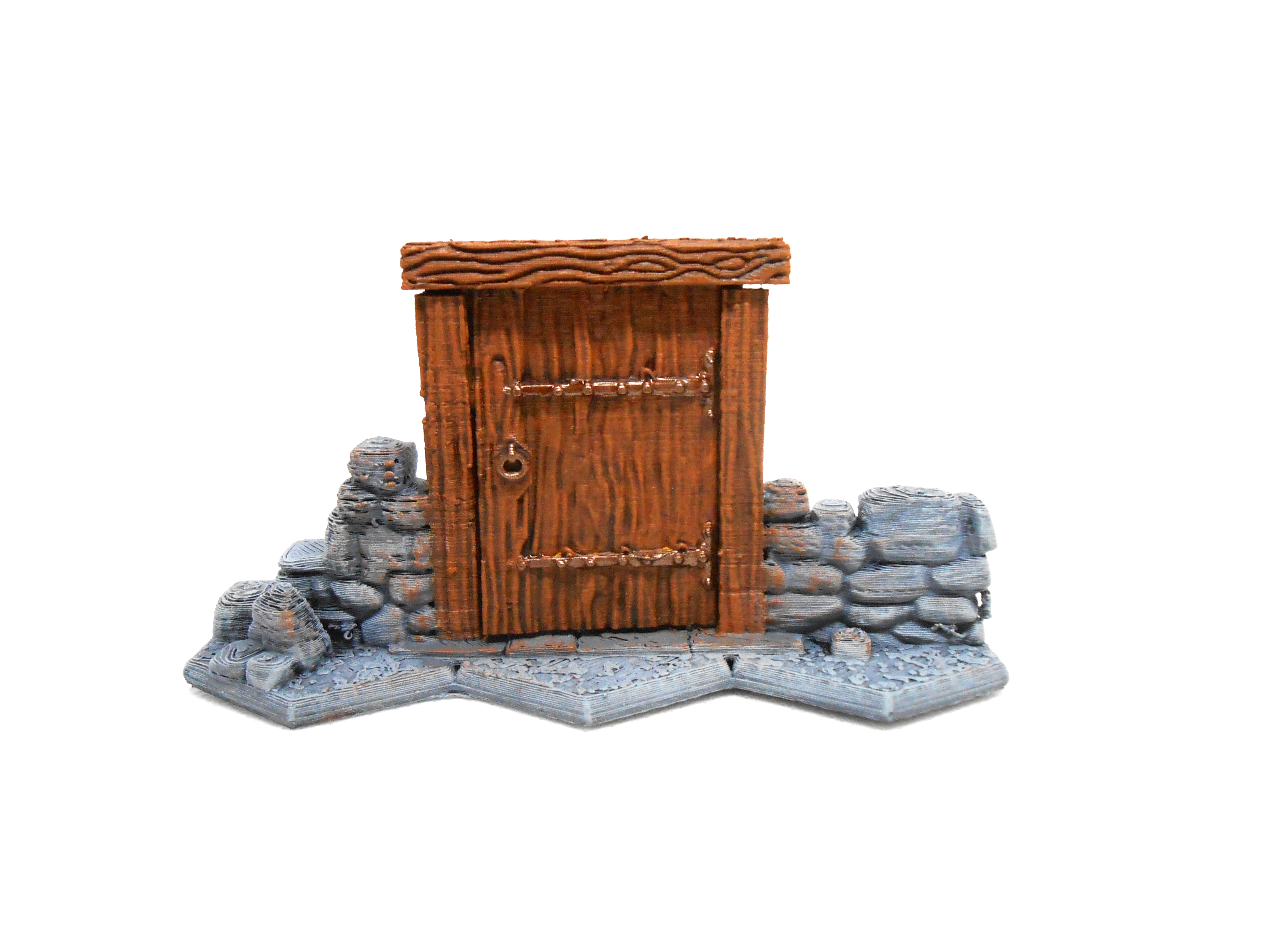
PLA (Polylactic Acid):
PLA is one of the most commonly used materials in 3D printing due to its ease of use, wide color selection, and environmentally friendly properties. It is derived from renewable resources such as cornstarch or sugarcane, making it biodegradable. PLA prints exhibit excellent detail, low warping, and minimal odor during the printing process.
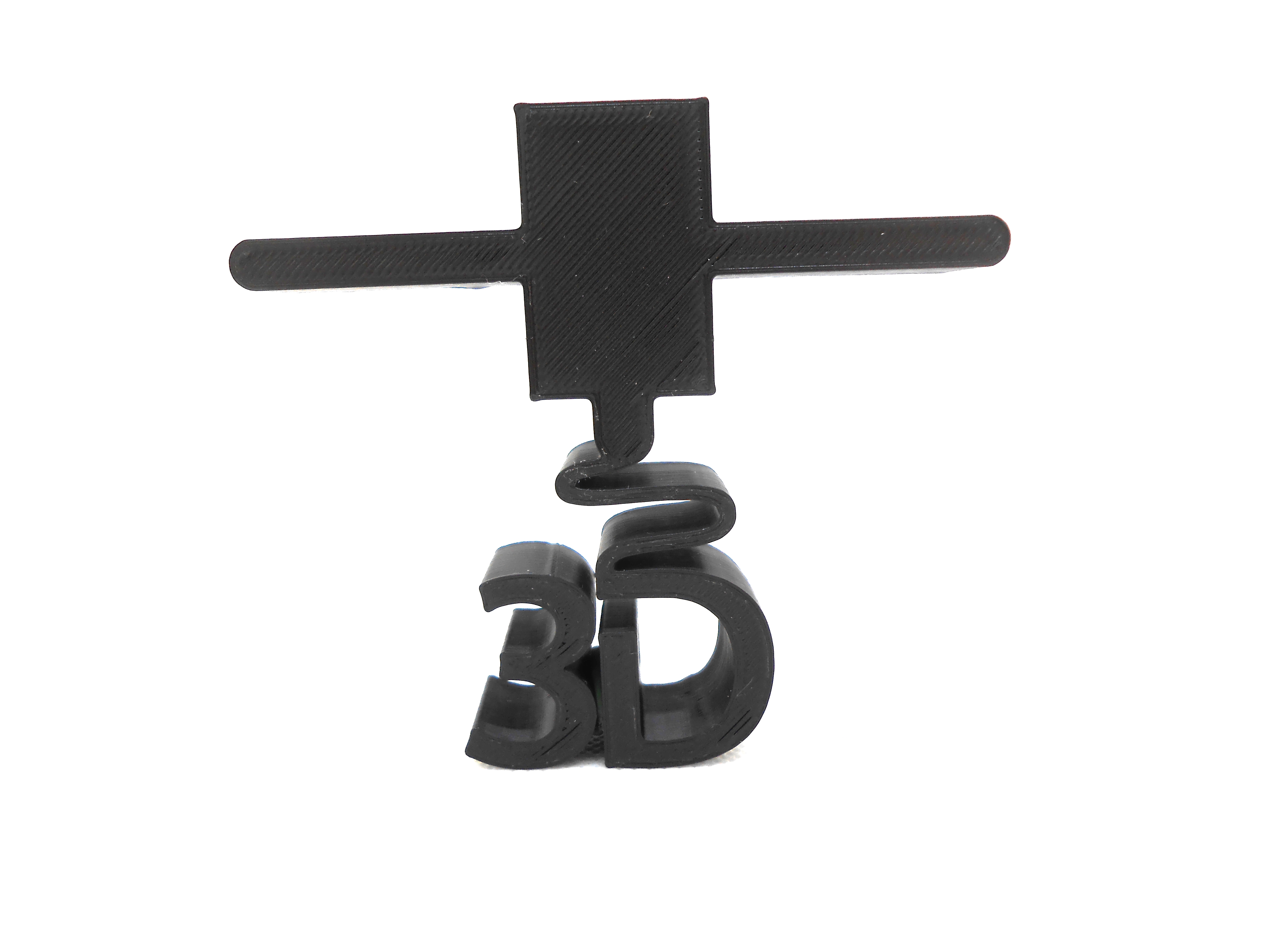
ABS (Acrylonitrile Butadiene Styrene):
ABS is a popular thermoplastic known for its durability and resistance to high temperatures. It is a versatile material suitable for functional parts, mechanical prototypes, and even end-use products. Compared to PLA, ABS requires a heated bed to prevent warping.

PETG (Polyethylene Terephthalate Glycol):
PETG combines the best features of PLA and ABS, making it a sought-after material for a wide range of applications. It offers excellent layer adhesion, impact resistance, and is less prone to warping compared to ABS. PETG is also food-safe, making it suitable for creating utensils and containers. With its high strength and flexibility, it is commonly used for functional prototypes, mechanical parts, and even artistic creations.
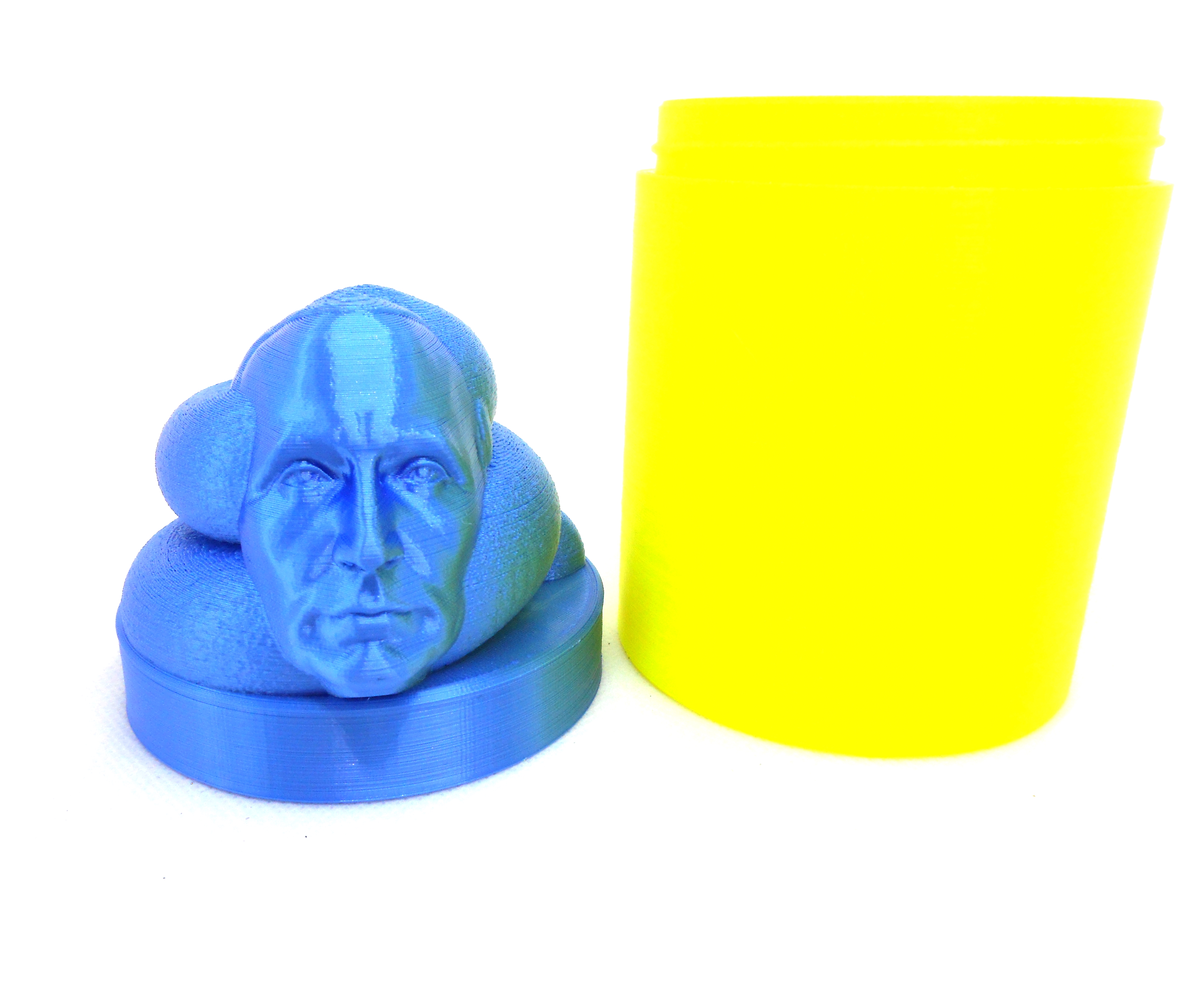
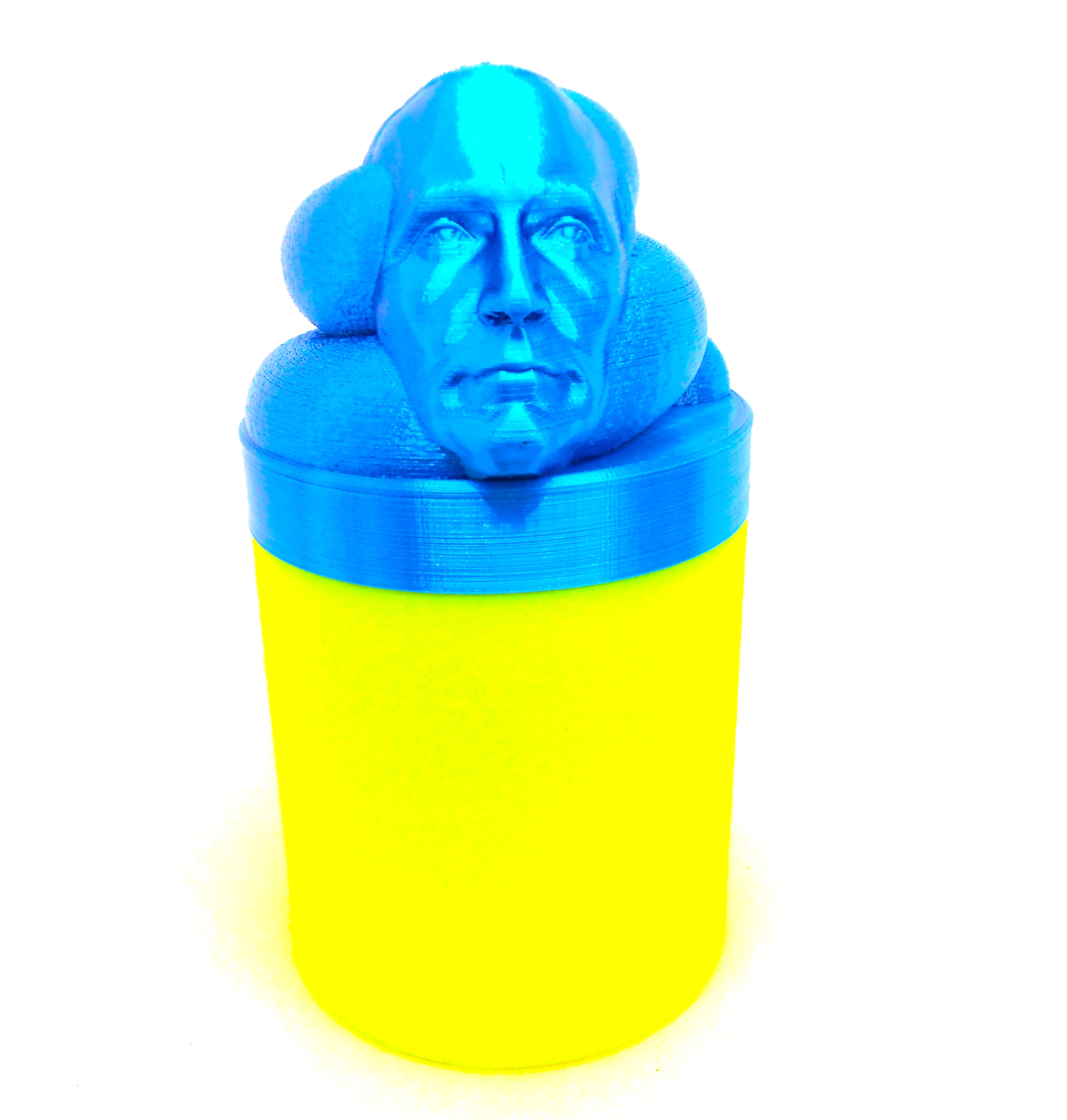
TPU (Thermoplastic Polyurethane):
TPU belongs to a family of flexible filaments known as TPEs (Thermoplastic Elastomers). TPU offers excellent elasticity, allowing for the creation of flexible and stretchable parts. It is commonly used for creating phone cases, gaskets, footwear components, and other applications that require rubber-like properties.
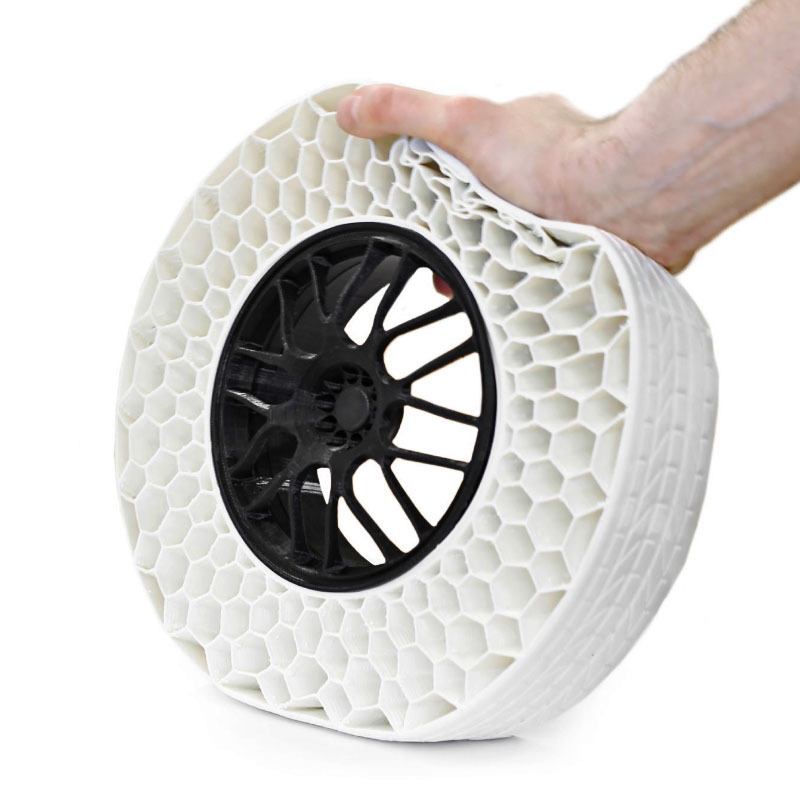
Wood-filled Filaments:
To add a touch of elegance and natural aesthetics to your 3D prints. These filaments consist of PLA mixed with wood particles, providing the appearance and smell of real wood. Wood-filled filaments can be sanded, stained, or varnished to achieve desired finishes, making them suitable for artistic and decorative purposes.

Carbon Fiber-filled Filaments:
Carbon fiber-filled filaments are a popular choice for those seeking high strength and stiffness in their prints. These filaments consist of PLA or ABS mixed with carbon fiber strands, resulting in parts with exceptional rigidity. Carbon fiber-filled prints are commonly used for creating lightweight yet robust mechanical components, drone frames, and other applications that demand structural integrity.
